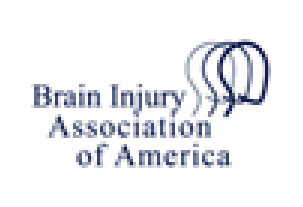A federally funded study found that using chilled blankets immediately after birth reduces the risk of cerebral palsy and infant death. The study charted survival rates of children born with birth trauma, mainly lack of oxygen during birth (hypoxic-ischemic encephalopathy, a.k.a HIE). Doctors studied 208 births in various hospitals across the country. Doctors identified children with HIE within six hours of their birth and administered either traditional treatments or a cooling blanket. Cold water circulates through the blanket, cooling the newborn’s temperature. Researchers found that newborns in the traditional treatment group had a mortality rate of 44 percent, while newborns given the chilled blanket treatment (called hypothermia) had a mortality rate of 28 percent. They were also less likely to develop conditions usually associated with traumatic birth, such as cerebral palsy, limited motor function, vision problems and epilepsy. The hypothermia treatment is standard practice at many hospitals. The study expands…
Read More »
Birth Injury and Cerebral Palsy Attorneys Home
Chilled Blankets Decrease Rates of Cerebral Palsy, Study Says
June 15, 2012Failure to Perform Cesarian Section Could Cause Birth Defects
June 11, 2012When a traditional birth may cause complications for the child, the mother or both, doctors will perform a cesarean section. In a cesarean section, the doctor makes an incision in the abdominal wall and removes the baby through the incision. Cesarean sections are increasingly common: in 2009, 33 percent of births were performed with a cesarean section, a record high. There are many reasons for a doctor to recommend a cesarean section, or for a patient to choose one voluntarily. The placenta may block the cervix (placenta previa); the patient may develop diabetes during pregnancy, which typically leads to babies with higher birth weights; the baby may not be receiving enough oxygen (fetal distress); or the woman may be pregnant with twins or triplets, in which case a cesarean section is usually the safest mode of delivery. If a doctor fails to realize that a cesarean section is the safest…
Read More »
Research on Twins Finds Correlation Between Birth Weight, Autism
June 6, 2012A researcher from Northwestern University in Illinois found that twins born with a low birth weight were three times more likely to develop autism spectrum disorder (ASD) than their heavier counterparts. Molly Losh from the Roxelyn and Richard Pepper Department of Communication Sciences and Disorders at Northwestern studied over 3,700 same-sex twin sets from the Child and Adolescent Twin Study of Sweden (CATSS). She found that heavier twins had a lower risk of developing certain birth defects like ASD; for every 100 grams, the child’s risk of developing ASD decreased by 13 percent. This research is significant, because medical professionals have long considered autism a genetic disorder. Losh’s research, however, indicates that environmental factors may play a larger role in the development of ASD than scientists previously thought. Often, one of the twins would develop ASD and the other would not; considering that many of these twins share the same…
Read More »













